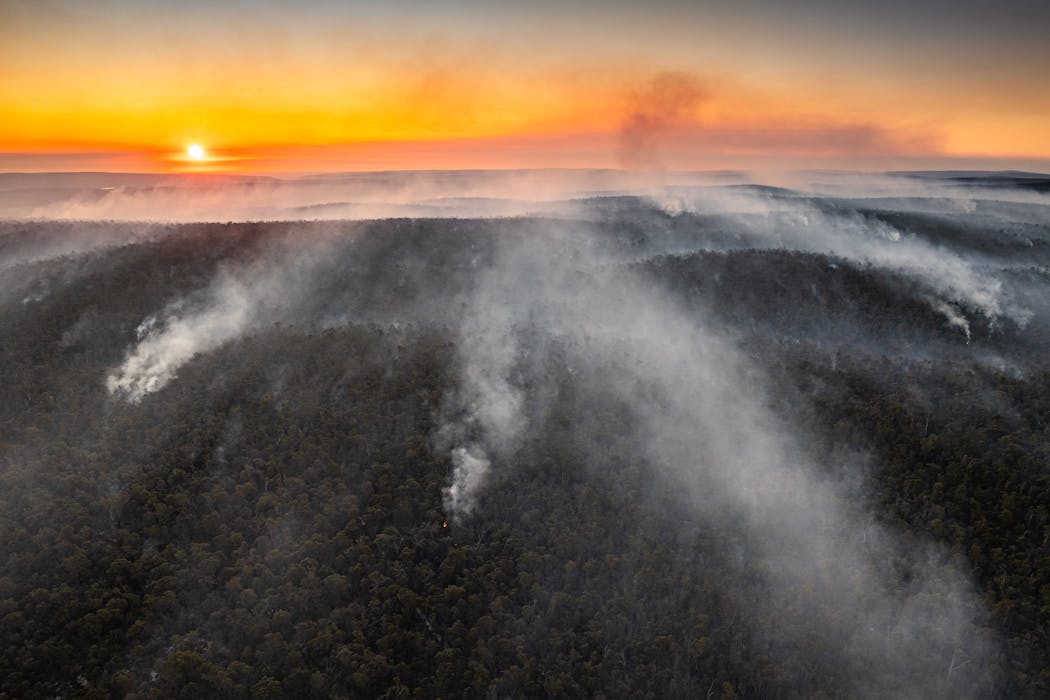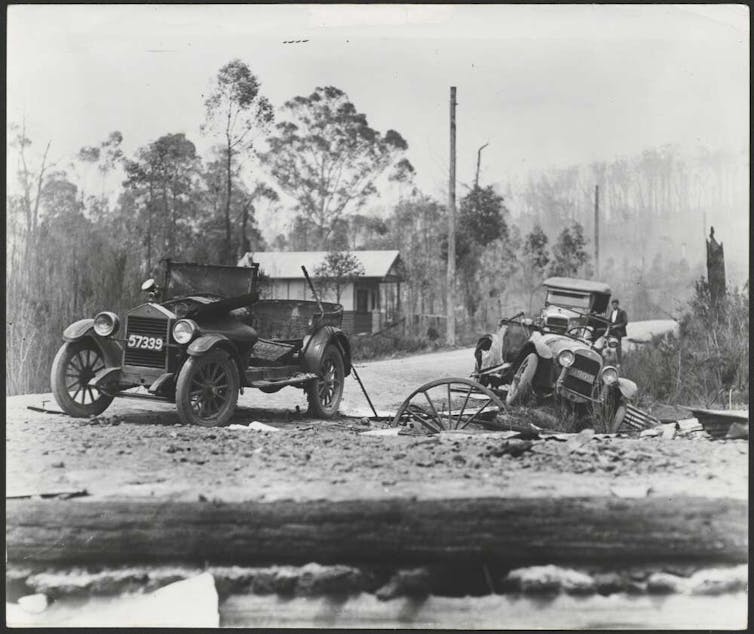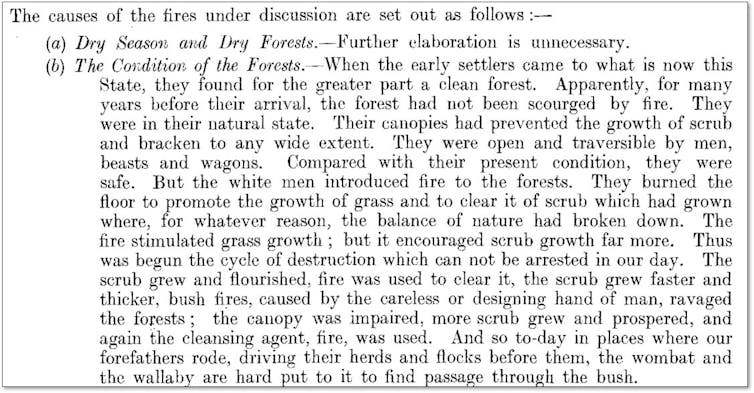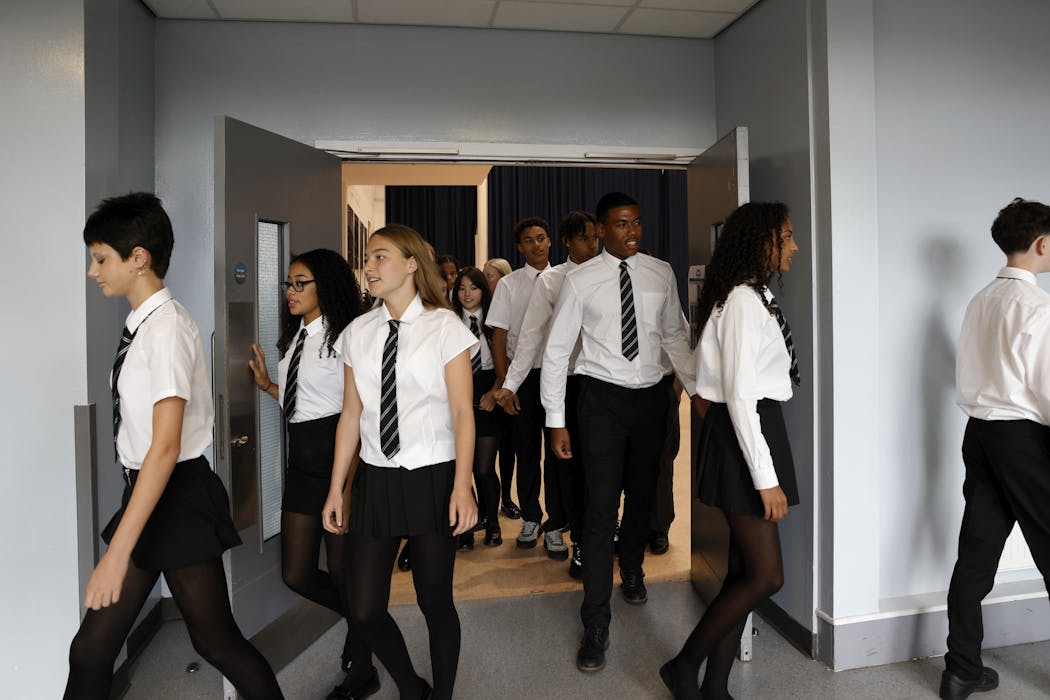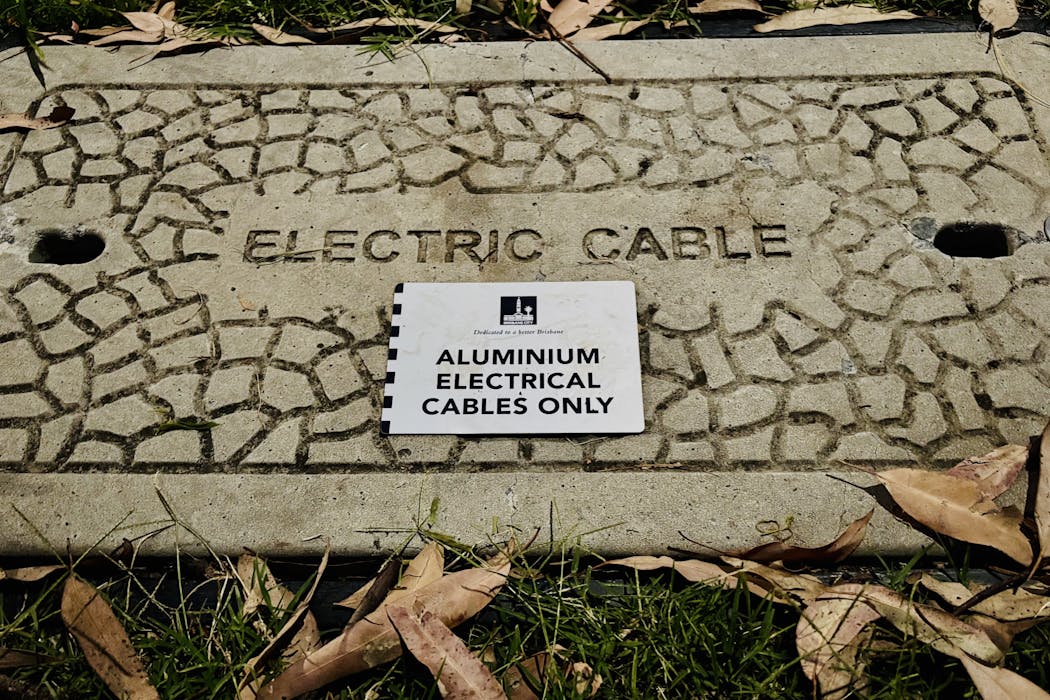Source: The Conversation (Au and NZ) – By Michelle Grattan, Professorial Fellow, University of Canberra
An independent inquiry has strongly condemned the politicisation of appointments to government boards, declaring present processes have “let down the Australian people” and are not fit for purpose.
In her report former public service commissioner Lynelle Briggs has recommended a very detailed appointment process, with checks and balances, to restore integrity, which would put considerable limits on ministerial discretion.
But the government has rejected much of the constraint that Briggs’ plan would impose on ministers. Instead, Minister for the Public Service Katy Gallagher announced on Tuesday an “appointment framework” that is much looser and allows wider ministerial discretion than Briggs urges.
At a Senate estimates hearing on Tuesday, Gallagher faced tough questioning from the opposition and crossbenchers over the government’s handling of, and response to, the report.
The Albanese government commissioned the Briggs report and received it in August 2023. It resisted pressure from the Senate for its release, saying it was still working on it.
One key recommendation the government has rejected is that politicians and their staffers should not be appointed to government boards within six months of leaving government positions, or 18 months in ministers’ portfolio areas.
Gallagher said the government didn’t believe people should be excluded if they had the necessary skill set.
It will also not take up the recommendation that for six months before the last possible election date, no ministerial board appointments should be made that have not been progressed through the standard appointment process.
Briggs’ inquiry focused on some 200 governing and decision-making boards. Given it was appointed early in Labor’s term, much of the attention looked backward at the Coalition government.
“The extent of what are perceived as political appointments in recent years has contributed to a climate where public trust in government has been undermined,” the report says.
“Too often the practice in recent years has been to appoint friends of the Government to boards, either as a reward for past loyalty or to ensure alignment with government priorities and all too often these appointments have looked like forms of patronage and nepotism that should have no place in the modern Australian society,” Briggs says.
“I found that the current board appointment arrangements are not fit for purpose. They have let down the Australian people, undermined the integrity and effectiveness of the public sector and exposed Ministers to unnecessary risk,” she says.
“They do not provide Ministers with a disciplined and structured appointments process that ensures a broad, relevant, and diverse skill set for their boards. They do not provide Ministers with the support that they need to find the best candidates and make appointment decisions. They do not always provide the best people for the job.
“When the United Kingdom, Canada and New Zealand found themselves in similar circumstances, they acted to introduce or restore independence to appointment processes.”
Briggs’ detailed model for board appointments would advertise all board positions, and include a range of candidate search and talent management arrangements to improve board diversity and quality.
“The model still provides for Ministers to make direct appointments but puts transparent and clear process around those decisions.”
The report urges its recommended processes be enshrined in a new act of parliament but the government has not accepted this.
Gallagher said in estimates that the government had responded to 19 of the 30 recommendations with the framework, a further three were covered by guidance, three were subject to further consideration and five recommendations were not covered by the framework.
Among the principles set out in the government’s framework is that ministers “have flexibility to implement selection processes suitable for sourcing the best candidates for appointments within their portfolio(s)”.
Independent senator David Pocock said, “It is very disappointing that the Albanese Government has refused to accept the full suite of recommendations from the Briggs Review designed to stop the rampant jobs for mates culture that exists in federal politics.
“I’ve worked hard with all non-government senators to secure the release of the Briggs review. Now it’s clear why the Albanese government was hiding it for two years.”
![]()
Michelle Grattan does not work for, consult, own shares in or receive funding from any company or organisation that would benefit from this article, and has disclosed no relevant affiliations beyond their academic appointment.
– ref. Albanese government shies away from tougher recommendations from ‘jobs for mates’ inquiry – https://theconversation.com/albanese-government-shies-away-from-tougher-recommendations-from-jobs-for-mates-inquiry-270790





